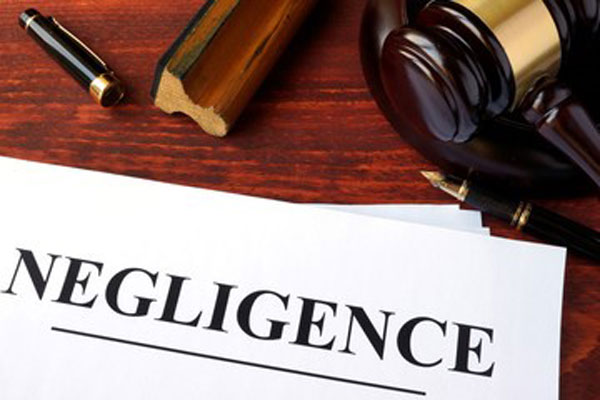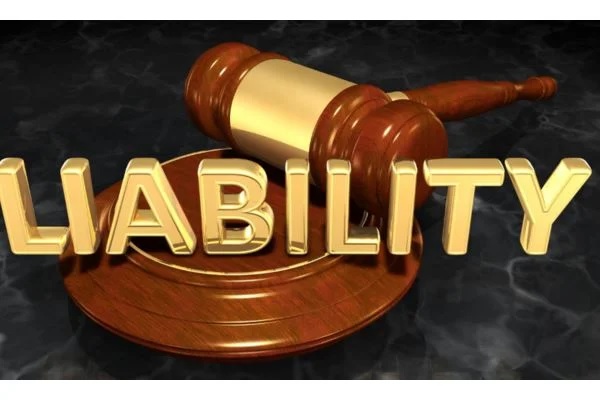When it comes to determining liability in a legal context, negligence is a crucial factor. Negligence is defined as the failure to take reasonable care in a given situation, resulting in harm or damage to another person or property. In this article, we will explore the role of negligence in determining liability and the different types of negligence that can be considered in a legal context.
Types of Negligence

There are different types of negligence that can be considered in a legal context. These include:
- Contributory negligence
- Comparative negligence
- Gross negligence
Contributory negligence is when the plaintiff contributes to their own injury or damage. For example, if a person is injured in a car accident but was not wearing a seatbelt, they may be found to have contributed to their own injuries. In some states, contributory negligence can completely bar a plaintiff from recovering damages.
Comparative negligence, on the other hand, is when both the plaintiff and defendant are found to have contributed to the injury or damage. The damages are then apportioned based on each party’s degree of fault. There are two types of comparative negligence: pure and modified. In a pure comparative negligence system, the plaintiff can recover damages even if they are found to be 99% at fault. In a modified comparative negligence system, the plaintiff can only recover damages if they are found to be 50% or less at fault.
Gross negligence is when the defendant’s actions are so reckless or careless that they show a complete disregard for the safety of others. Gross negligence can result in punitive damages, which are designed to punish the defendant and deter others from similar behavior.
Determining Liability

When determining liability, the plaintiff must prove that the defendant was negligent and that their negligence caused the plaintiff’s injury or damage. This is known as the causation element.
The plaintiff must also prove that the defendant owed them a duty of care. A duty of care is a legal obligation to act with reasonable care in a given situation. For example, a driver has a duty of care to other drivers and pedestrians on the road.
Finally, the plaintiff must prove that the defendant breached their duty of care. This means that the defendant failed to act with reasonable care in the given situation. For example, if a driver is texting while driving and causes an accident, they may be found to have breached their duty of care.
Negligence is a key factor in determining liability in a legal context. There are different types of negligence that can be considered, including contributory negligence, comparative negligence, and gross negligence. When determining liability, the plaintiff must prove that the defendant was negligent, that their negligence caused the plaintiff’s injury or damage, and that the defendant owed the plaintiff a duty of care and breached that duty of care. Understanding the role of negligence in determining liability is important for both plaintiffs and defendants in any legal case.


Comments are closed.